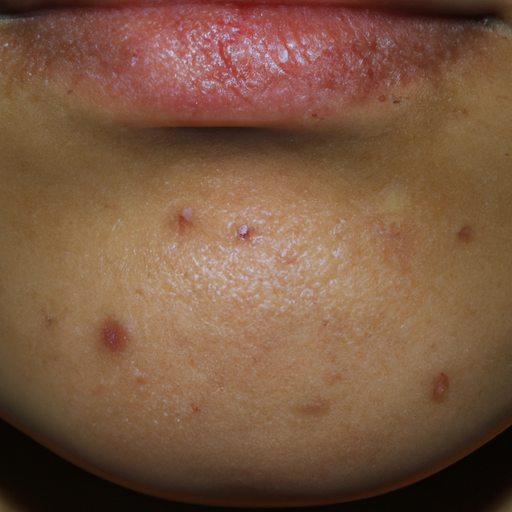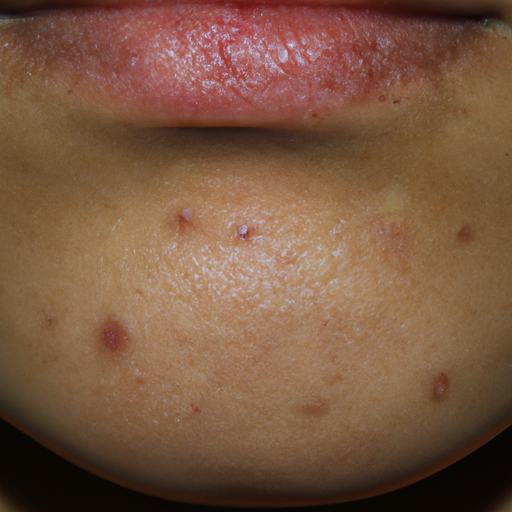Title: Unmasking Acne: A Comprehensive Guide to Diagnosis and Treatment
As a medical professional, I often encounter patients who are distressed by the appearance of acne on their skin. Acne, a common skin condition, can significantly impact an individual’s self-esteem and quality of life. This article aims to unmask acne, providing a comprehensive guide to its diagnosis and treatment, and helping you understand how to manage this condition effectively.
Acne is a skin disorder that occurs when hair follicles become clogged with oil and dead skin cells. It often leads to whiteheads, blackheads, or pimples, and usually appears on the face, forehead, chest, upper back, and shoulders. While it is most common in teenagers, acne can affect people of all ages.
Diagnosing acne is typically straightforward. As a doctor, I can usually identify acne by examining your skin. The severity of acne can be classified into mild, moderate, and severe. Mild acne is characterized by the presence of few to several papules and pustules, but no nodules. Moderate severity acne has several to many papules and pustules along with few to several nodules. The severe form of acne has numerous or extensive papules, pustules, and nodules.
Once diagnosed, the next step is treatment. The goal of acne treatment is to reduce pimples and prevent scarring. Over-the-counter (OTC) medications are often sufficient for mild acne. These products, available as gels, creams, and lotions, work by killing bacteria, drying up skin oils, or promoting shedding of skin cells. They may contain ingredients like benzoyl peroxide, resorcinol, salicylic acid, or sulfur.
For moderate to severe acne or acne that doesn’t respond to OTC treatments, prescription medications may be necessary. Topical prescriptions often include retinoids or antibiotics to reduce inflammation and kill bacteria. Oral medications, such as antibiotics, combined oral contraceptives, or isotretinoin, may also be used.
In some cases, therapies may be recommended. These can include lasers and photodynamic therapy, chemical peels, or extraction of whiteheads and blackheads. It’s important to remember that acne treatments take time – usually 4 to 8 weeks – and you may need to continue treatment even after the acne has cleared to prevent new breakouts.
In conclusion, acne is a common skin condition that can be effectively managed with the right diagnosis and treatment. As a doctor, I strongly advise seeking professional help if your acne is causing distress or affecting your quality of life. Remember, every individual is unique, and what works for one person may not work for another. Therefore, it’s crucial to find a treatment plan tailored to your specific needs and skin type.
Keywords: Acne, Diagnosis, Treatment, Skin Condition, Over-the-Counter Medications, Prescription Medications, Therapies.




